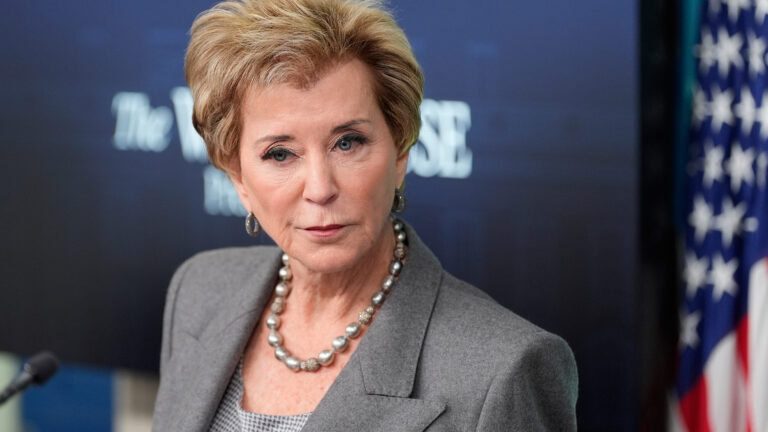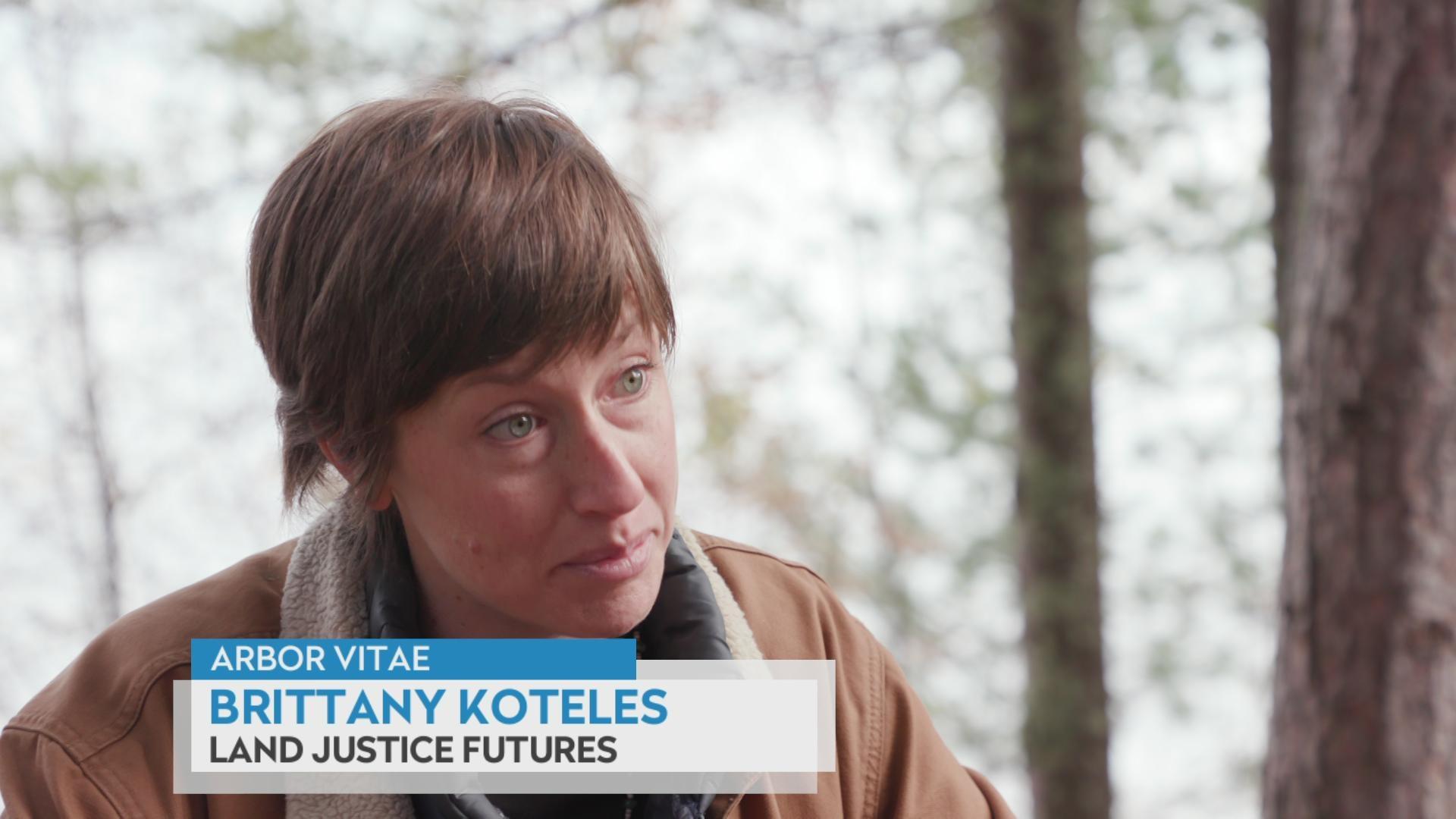Frederica Freyberg:
New COVID-19 guidelines for Wisconsin schools were released this week for teachers, students and parents. DPI Senior Policy Adviser Jennifer Kammerud provided testimony this week to the Assembly Committee on Education. Jennifer Kammerud joined us earlier this week and thanks very much for doing so.
Jennifer Kammerud:
Thank you.
Frederica Freyberg:
So your reopening plan is called “Education Forward” and it includes the things that we might expect, like distancing, masks and symptom monitoring. I know it’s up to each district, but for a grade school, for example, how difficult is this going to be to implement?
Jennifer Kammerud:
Well, it’s really going to depend on the conversation that the local school district has with their local health authority and with their parents in terms of how they’re going to operate the school day. So for some school districts, it might not look that different. You might be in school five days a week, just washing hands more, making sure you’re doing your coughing and sneezing etiquette and distancing students some more. You might be altering how you drop off students. And I think probably one of the big differences might be in terms of busing, how you’re getting students to school, just to try to create a transportation situation that is as safe as possible.
Frederica Freyberg:
And yet at other districts, it might be more stringent, you’re suggesting, with the masks and the symptom monitoring and that kind of thing?
Jennifer Kammerud:
Absolutely. Again, it’s going to depend on the local health situation and the conversations with the local health authority and, again, what the comfort level and decision-making is at the school district level to provide that environment that is as safe as possible. So some districts will have different procedures in place. They might have required masks. They might have — because of social distancing requirements they’ve decided on, they might have A and B schedules or cohorts of students moving through a school. They might do a four-day week with a fifth day off for cleaning. Those are just all different examples. But really at the end of the day, it’s up to the school district to determine.
Frederica Freyberg:
And the plan calls for some mix of virtual learning as well?
Jennifer Kammerud:
We were wanting to be really up front with school districts about the need to plan for virtual education. There may be situations where because of the decisions you’re making, only part of the student body can be in the school at a particular time. There may be situations where the school is closed again under the order of a local health authority or on the state health authority or the district itself. And there will be students who will be unable to return to school no matter what the situation because of concerns with their own health, underlying health conditions. And so districts really do need to have a plan in place in terms of how they’re going to deliver learning in those different environments.
Frederica Freyberg:
And so in terms of people not being able to return to schools in person, that holds for teachers as well, is that correct, if they are not comfortable or unable under physicians’ orders to return?
Jennifer Kammerud:
Yeah. There may– yes. There will be staff who will have underlying health conditions and concerns, and we are encouraging those staff to talk with their school districts about what modifications can be made and how to approach that situation.
Frederica Freyberg:
What has been the reaction from districts across the state to this plan?
Jennifer Kammerud:
Well, overall, there is a lot in this plan, and we have heard a lot of positives in terms of the comprehensive nature of it, the things to think about. Very little in this plan is required. It’s provided as a conversation starter, jumping-off point, things to think about. There were questions about some of the learning scenarios and we have made it clear that these are all decisions they will need to make. And, again, there is no minimum class size. There is no required way of doing it. Every district has its own unique situation that they’ll need to consider. So really the things that they were looking for were ideas on how to handle transportation, cafeteria food distribution, how to potentially social distance in the school environment, how to attend to the needs of special education students, English learners and gifted and talented students.
Frederica Freyberg:
So what has been the reaction from parents?
Jennifer Kammerud:
So parents I think look at the document differently. This is, again, a complex document. And so a lot of them were I think taking away a lot of different things. We got a lot of questions here at DPI about minimum class sizes and does my school have to do one of these learning modules, learning scenarios and we’ve been telling them, no, that this is really a conversation you should have with your local school district.
Frederica Freyberg:
All right. We leave it there. Jennifer Kammerud, thanks very much.
Jennifer Kammerud:
Thank you.
Search Episodes
News Stories from PBS Wisconsin

Donate to sign up. Activate and sign in to Passport. It's that easy to help PBS Wisconsin serve your community through media that educates, inspires, and entertains.
Make your membership gift today
Only for new users: Activate Passport using your code or email address
Already a member?
Look up my account
Need some help? Go to FAQ or visit PBS Passport Help
Need help accessing PBS Wisconsin anywhere?

Online Access | Platform & Device Access | Cable or Satellite Access | Over-The-Air Access
Visit Access Guide
Need help accessing PBS Wisconsin anywhere?

Visit Our
Live TV Access Guide
Online AccessPlatform & Device Access
Cable or Satellite Access
Over-The-Air Access
Visit Access Guide
 Passport
Passport


















Follow Us